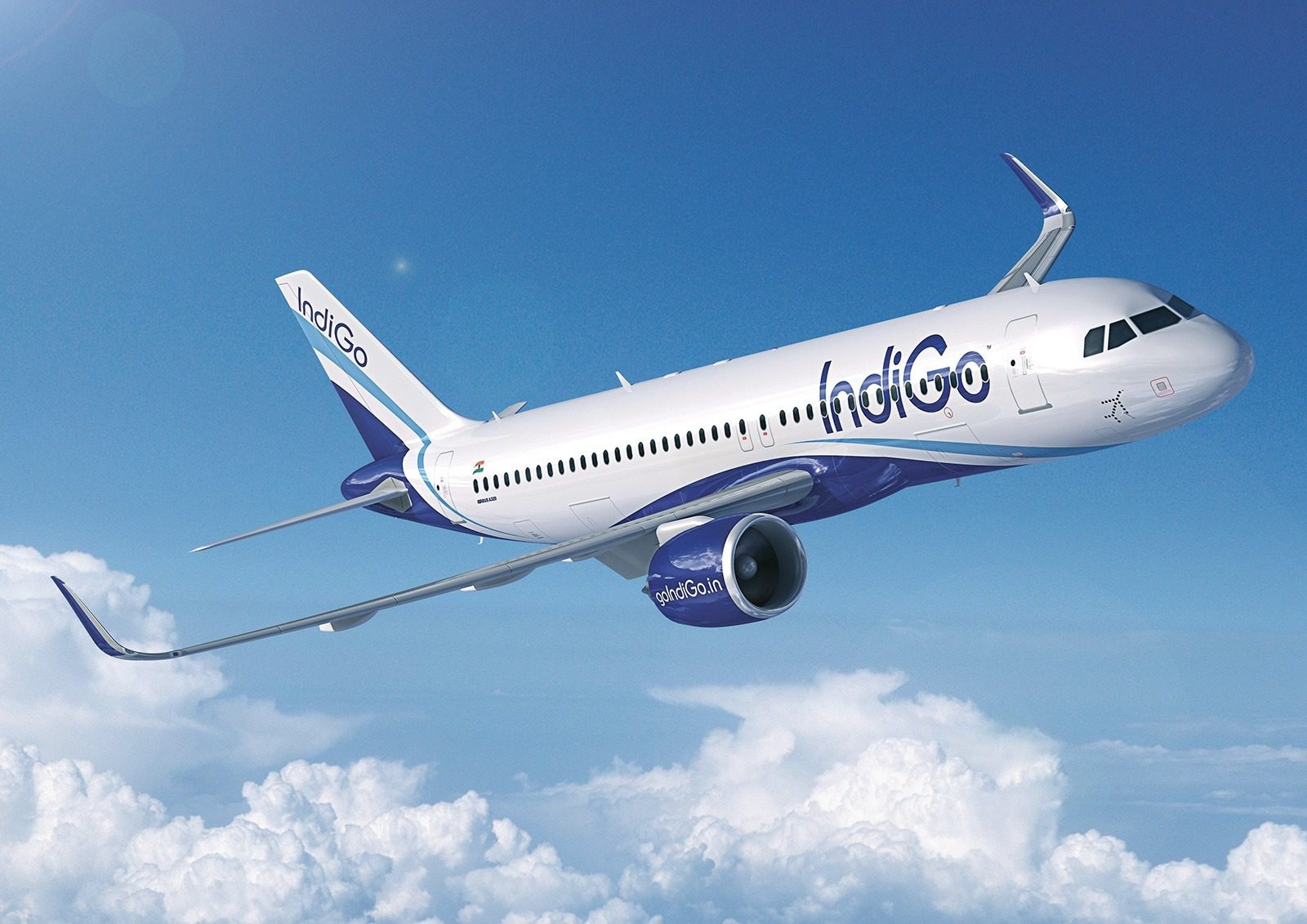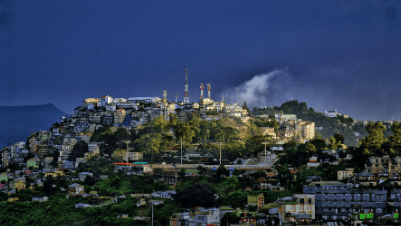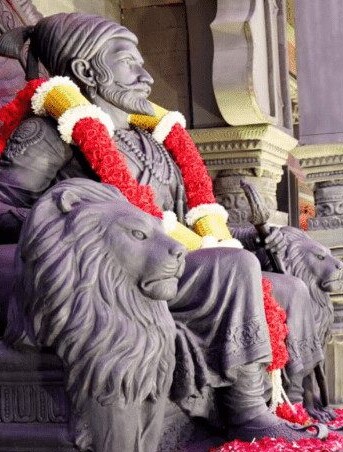UNESCO World Heritage Status for 12 Forts of Chhatrapati Shivaji Maharaj: Honoring a Glorious Legacy
Updated on July 12, 2025
India, a land steeped in rich history and cultural magnificence, has once again earned global recognition. UNESCO has granted World Heritage status to 12 iconic forts associated with Chhatrapati Shivaji Maharaj, the legendary Maratha warrior king. These forts are not only architectural marvels but also enduring symbols of resistance, governance, and visionary leadership. Their inclusion in the World Heritage list marks a significant milestone in preserving India’s historical treasures and celebrating Shivaji Maharaj’s legacy on the global stage.
The Glory of Chhatrapati Shivaji Maharaj
Chhatrapati Shivaji Maharaj (1630–1680) was a fearless leader, astute strategist, and pioneer of guerrilla warfare. He established the Maratha Empire in western India during a period of political turmoil and foreign dominance. His forts played a crucial role in safeguarding his territories, planning military campaigns, and administering his empire. Unlike many other rulers, Shivaji Maharaj personally oversaw the design and construction of several forts, which were strategically located across the Sahyadri ranges and coastal Maharashtra.
The 12 Forts That Made History
The 12 forts that have received the UNESCO World Heritage tag include:
- Raigad Fort – The capital of the Maratha Empire, where Shivaji Maharaj was coronated in 1674.
- Rajgad Fort – One of his earliest capitals and the birthplace of many key administrative and military reforms.
- Torna Fort – The first fort captured by Shivaji at the young age of 16, marking the beginning of his empire.
- Sinhagad Fort – Site of the historic battle in which Tanaji Malusare valiantly gave his life.
- Pratapgad Fort – Known for the famous battle between Shivaji Maharaj and Afzal Khan.
- Lohagad Fort – A hill fort offering panoramic views and immense strategic value.
- Kondhana (Sinhagad) Fort – Important for its proximity to Pune and fierce battles.
- Rajmachi Fort – A twin fort complex located near Lonavala, showcasing incredible engineering.
- Sindhudurg Fort – Built on an island off the Konkan coast, a prime example of maritime fortification.
- Vijaydurg Fort – A coastal fort that was once considered invincible due to its naval strength.
- Kolaba Fort – Located near Alibaug, known for its sea fortification and marine architecture.
- Khanderi Fort – A sea fort near Mumbai, also known as Underi Fort, used for controlling naval trade routes.
These forts represent not just military brilliance, but also Shivaji Maharaj’s commitment to people-centric governance, justice, and inclusive rule.
Why UNESCO Heritage Recognition Matters
UNESCO (United Nations Educational, Scientific and Cultural Organization) recognizes sites of outstanding cultural or natural importance to the common heritage of humanity. Gaining World Heritage status ensures international awareness, preservation support, and increased tourism potential. For Maharashtra and India, this status highlights the unique Maratha architectural style, the indigenous military strategies, and the historical relevance of Shivaji Maharaj’s rule.
This acknowledgment by UNESCO places Shivaji’s forts on the same pedestal as global marvels like Machu Picchu, the Great Wall of China, and the Colosseum.
Cultural, Economic & Educational Impact
The global recognition of these forts is expected to bring in major cultural and economic benefits:
- Tourism Boost: With heritage status, these forts are likely to attract global tourists, researchers, and history enthusiasts.
- Preservation Funding: UNESCO status opens doors to international funding and expertise for conservation projects.
- Local Employment: Increased tourism will boost the local economy, creating jobs in hospitality, transport, and guide services.
- Educational Value: Schools, colleges, and universities can now include these forts as part of curriculum-linked heritage walks and research projects.
Preserving the Forts for Future Generations
While this recognition is a proud moment for India, it also brings with it the responsibility of careful preservation and sustainable tourism. Many of these forts face threats from environmental damage, neglect, encroachments, and unregulated tourism. With UNESCO’s guidance and strict adherence to preservation standards, these majestic forts can be protected for generations to come.
State and central governments, along with local communities, must now come together to ensure that the sanctity, cleanliness, and historical integrity of these sites are maintained.
A Step Towards Honoring Indigenous Heritage
In a world dominated by tales of colonial rulers and empires, recognizing the indigenous valour and administrative brilliance of Indian leaders like Chhatrapati Shivaji Maharaj is long overdue. These forts are not mere stones and walls—they are living testimonies of resistance, vision, and resilience. The UNESCO status is not just a label, but a celebration of India’s rich, self-driven historical journey.
Conclusion
The inclusion of 12 forts of Chhatrapati Shivaji Maharaj in the UNESCO World Heritage list is a landmark moment for India. It reaffirms the timeless appeal of Shivaji Maharaj’s legacy and elevates the importance of preserving our cultural treasures. As the world now turns its attention to these majestic forts, it is our collective duty to cherish and protect them—not just as monuments, but as eternal symbols of India’s pride.
A passionate explorer and storyteller at heart, the author of TrendyTravelNews.com brings you the latest travel trends, destination guides, and insider tips from around the globe. From hidden gems to headline destinations, they’re on a mission to make your travel experiences smarter, richer, and more memorable.
Read Next
Discover more from Trendytravelnews
Subscribe to get the latest posts sent to your email.










